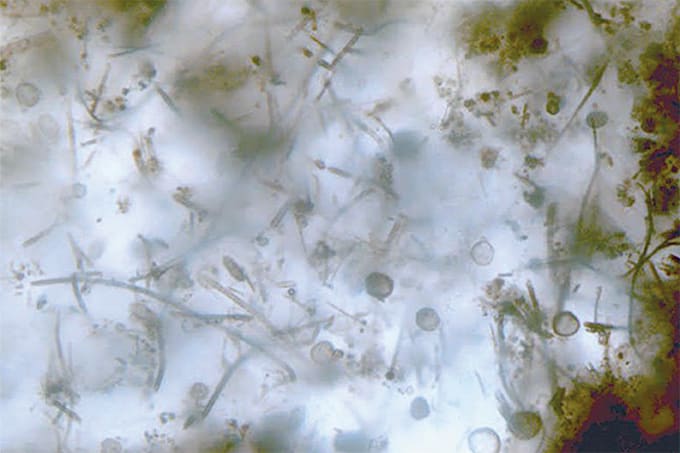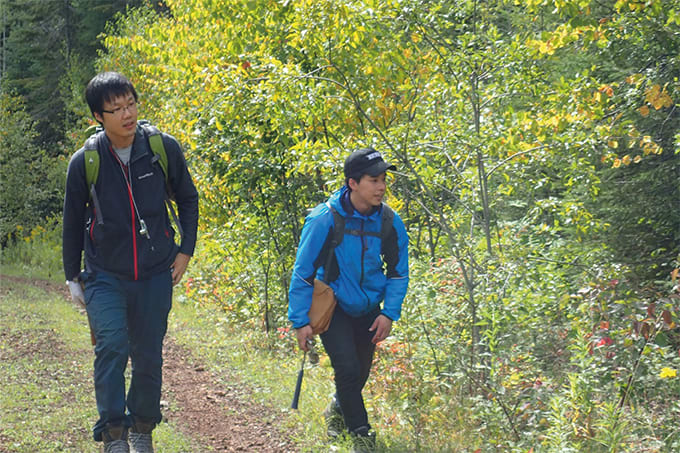The issue of drugs in sport remains a contentious one, with the forensic, legal and medical industries repeatedly drawn into the fray. In last month’s issue, editor Rich Whitworth suggested that analytical scientists need to speak up to avoid being complicit in any controversial decisions made by authorities – especially after Russia accepted a full and indefinite ban from world athletics for “state-sponsored doping” (1). Here, four experts give their views on the role of the analytical community in the war on doping.
Herman Ram, CEO of the Netherlands Anti-Doping Authority “Analytical scientists can contribute considerably to the fight against doping in sports by developing simpler and cheaper analytical methods (including saliva and dry spot analysis) than the ones that are presently being used. Cost is a major factor in our work, and developing cheaper methods would enable us to increase the number of tests (which at present is decreasing because of financial constraints). Simpler and cheaper methods will undoubtedly be less precise than the present methods, but this is not a major problem, as in many situations, we do not need to look for extremely low concentrations of prohibited substances. Such new methods should not replace the more sophisticated approaches, but they would be a welcome addition for many situations with a (relatively) low risk of doping use.”
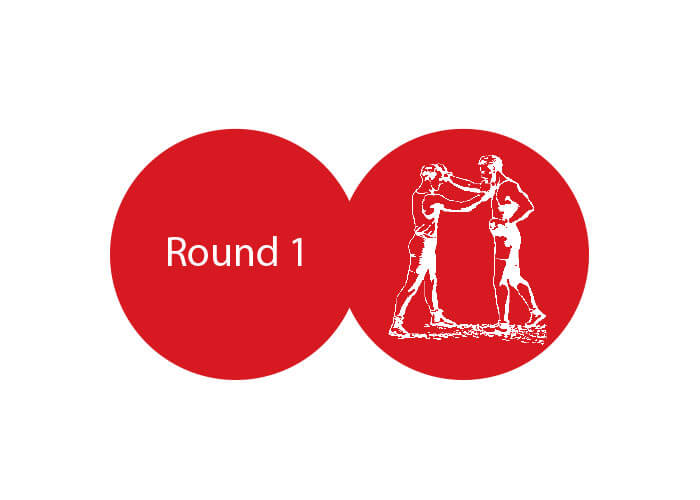
Douwe de Boer, researcher at the Department of Clinical Chemistry, Maastricht University “Analytical scientists play an essential role in trying to stop certain developments in sports doping, because scientific progress is continuously required. Unfortunately, and despite those efforts, sports doping can never be stopped. While the development of scientific knowledge is one of the responsibilities of the analytical scientist, following certain ethical standards is obviously another important responsibility. Nevertheless, finding an adequate balance between both responsibilities is quite a challenge for scientists [...] An essential role of analytical scientists is not trying to stop sports doping at all costs, but to do it in a politically independent, fair and balanced manner.”
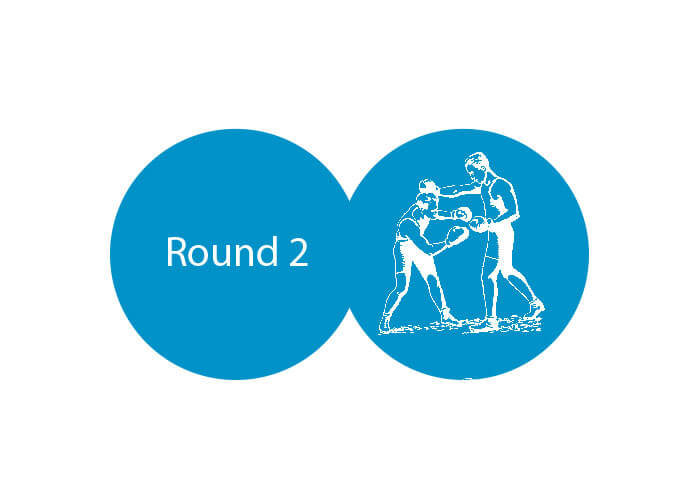
Mario Thevis, forensic chemist and Professor for Preventive Doping Research at the German Sports University “It is vital to continue improving doping control test methods in various regards. This certainly includes, amongst others, pursuing the identification of long-term markers that enable enhanced retrospectivity and the early incorporation of new, emerging doping agents into routine sports drug testing programs. Further, alternative test matrices might provide added value for both the testing authorities/laboratories and the athletes in a complementary manner, rather than substituting currently used blood and urine doping control samples. With retrospective accuracy in particular (that is to say, was the drug taken recently/at the time of competition?), using specimens such as dried blood spots could be advantageous, and hair samples have also proven helpful to probe for the duration and amount of exposure to certain drugs relevant to doping controls. Surely, these matrices have their limitations as well; hence, the suggestion that they should be complementary and not substitutes.”
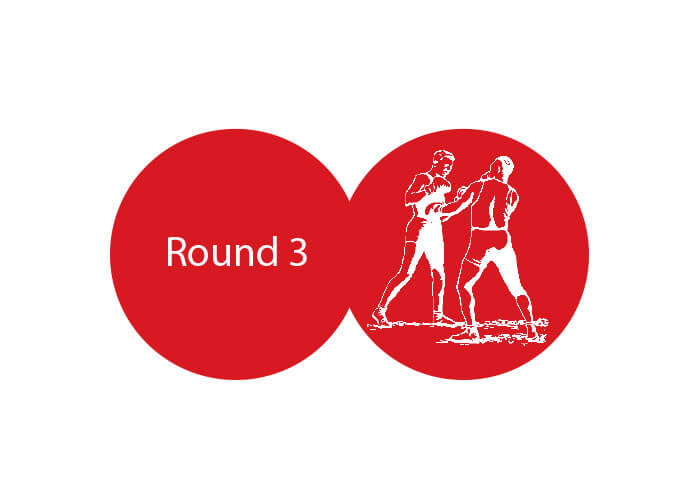
Peter Kootstra, analytical chemist, owner of Lab QC and co-founder of Lab-QAcademy “To be honest, this question is not an easy one to answer. In recent last years, I have reviewed several documentation packages from so-called ‘anti-doping laboratories’. The analytical procedures used by these laboratories are rarely validated and are based on assumptions. The accreditation bodies are chained to WADA, and the 17015 assessment may be combined with the WADA accreditation only when WADA selects the auditors. The analysis of the B-sample is just a replicate, with no second opinion sought. Athletes don’t have a fair chance. So to answer your question: the anti-doping laboratories should be open and co-operate with other analytical chemists/statisticians to validate and discuss the results in public.” JC
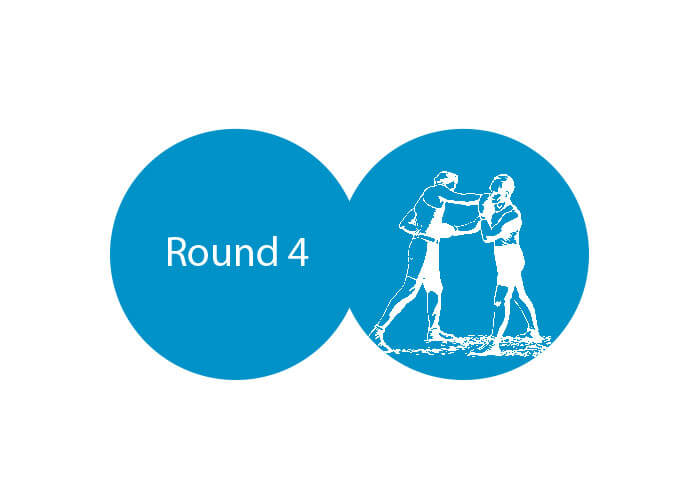
References
- R Whitworth, “Nice Measurement – Now What?!” The Analytical Scientist, 36, 7 (2016). Online: tas.txp.to/0216/NowWhat


